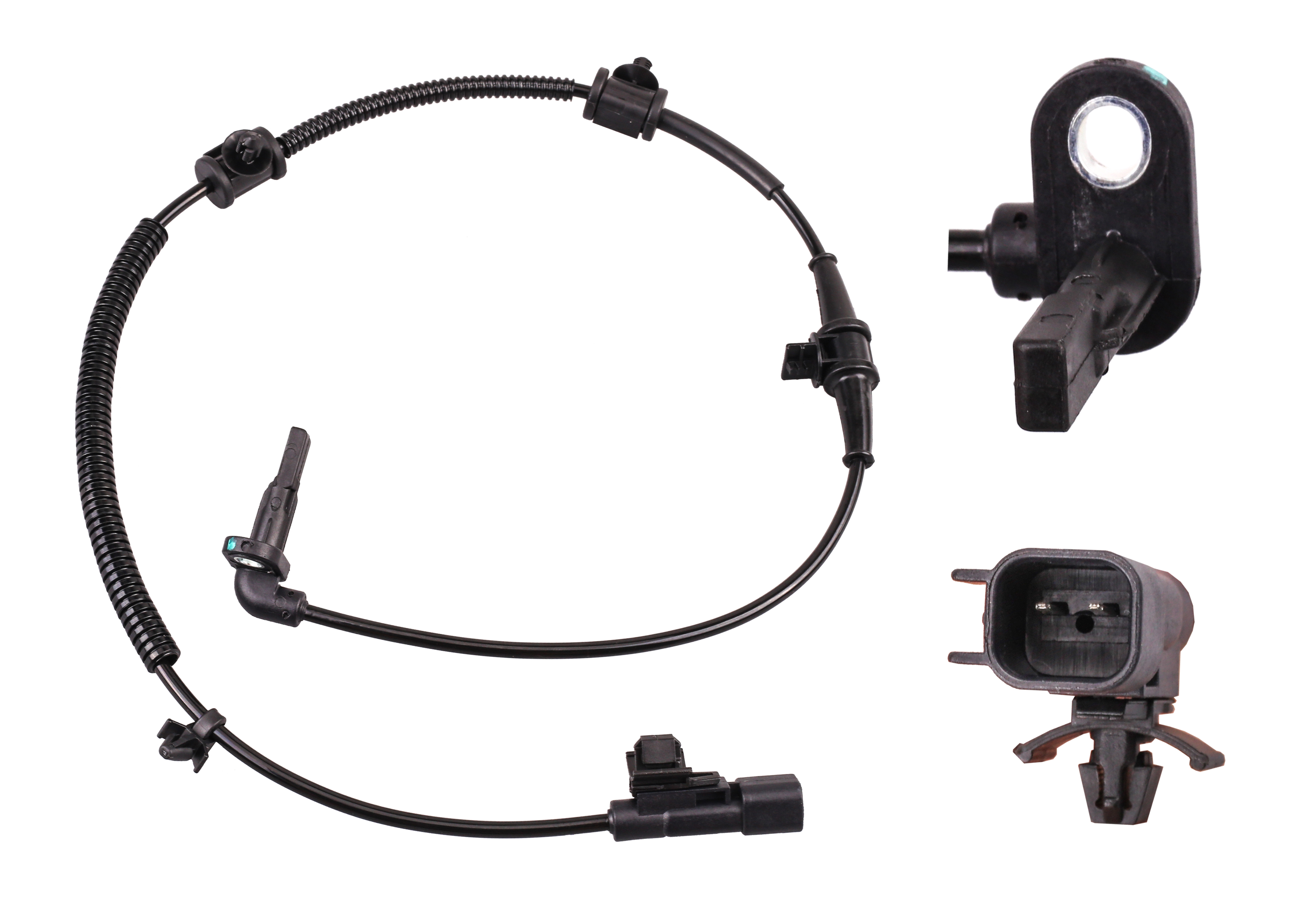News & Info
UNDERSTANDING WHEEL SPEED SENSORS
16/08/2023
In the intricate dance of modern automotive technology, wheel speed sensors play a crucial role in ensuring the safety, stability, and performance of vehicles. These unassuming components are the unsung heroes behind many of the advanced features we take for granted, such as anti-lock braking systems (ABS) and electronic stability control (ESC). However, despite their importance, wheel speed sensors can be prone to failure due to various factors. Goss is adding a range of over 350 high-quality wheel speed sensors, all quality tested to ensure optimal performance and reliability for mechanics and drivers alike. This will shortly be followed by an additional 200 plus part numbers. The Goss range covers the most commonly failing parts and offer the aftermarket a high quality, reliable and cost-effective solution. A true genuine alternative.
The Role of Wheel Speed Sensors
Wheel speed sensors, often referred to as ABS sensors, are small devices located at each wheel’s hub or brake assembly. Their primary function is to monitor the rotational speed of each wheel and transmit this data to the vehicle’s onboard computer system. This information is crucial for several key safety systems: Goss’ dedication to quality shines through the entire range of products. Each wheel speed sensor is manufactured to meet or exceed industry standards, delivering accuracy, reliability, and performance. Choosing Goss wheel speed sensors, ensures a satisfied customer and a quality repair.
- Anti-lock Braking System (ABS): Wheel speed sensors are instrumental in preventing wheel lock-up during hard braking. By detecting rapid changes in wheel speed, the ABS system can modulate brake pressure, allowing the driver to maintain steering control and avoid skidding.
- Electronic Stability Control (ESC): ESC relies on the data from wheel speed sensors to detect and correct instances of oversteering or understeering. It selectively applies brakes to specific wheels to help the driver maintain control during sudden maneuvers.
- Traction Control System (TCS): TCS uses wheel speed sensor data to identify and counteract wheel spin during acceleration, ensuring optimal traction and stability on slippery surfaces.
- All-Wheel Drive (AWD) and Four-Wheel Drive (4WD): Many AWD and 4WD systems use wheel speed sensor inputs to distribute torque between wheels, enhancing vehicle stability and grip.
Common Causes of Wheel Speed Sensor Failure
While wheel speed sensors are essential for vehicle safety and performance, they are susceptible to various factors that can lead to failure.
- Dirt and Debris: Accumulation of dirt, mud, or road debris around the sensors can interfere with proper operation.
- Corrosion: Exposure to moisture and other environmental factors can lead to corrosion, affecting sensor accuracy.
- Physical Damage: Impact from road hazards or improper handling during repairs can damage the sensors or their wiring.
- Electrical Issues: Faulty wiring, connectors, or issues within the sensor circuit can disrupt signal transmission.
Goss: Elevating Wheel Speed Sensor Reliability
Goss’ dedication to quality shines through the entire range of products. Each wheel speed sensor is manufactured to meet or exceed industry standards, delivering accuracy, reliability, and performance. Choosing Goss wheel speed sensors, ensures a satisfied customer and a quality repair.
Check online at www.goss.com.au for the entire range of products.
Back to Articles


